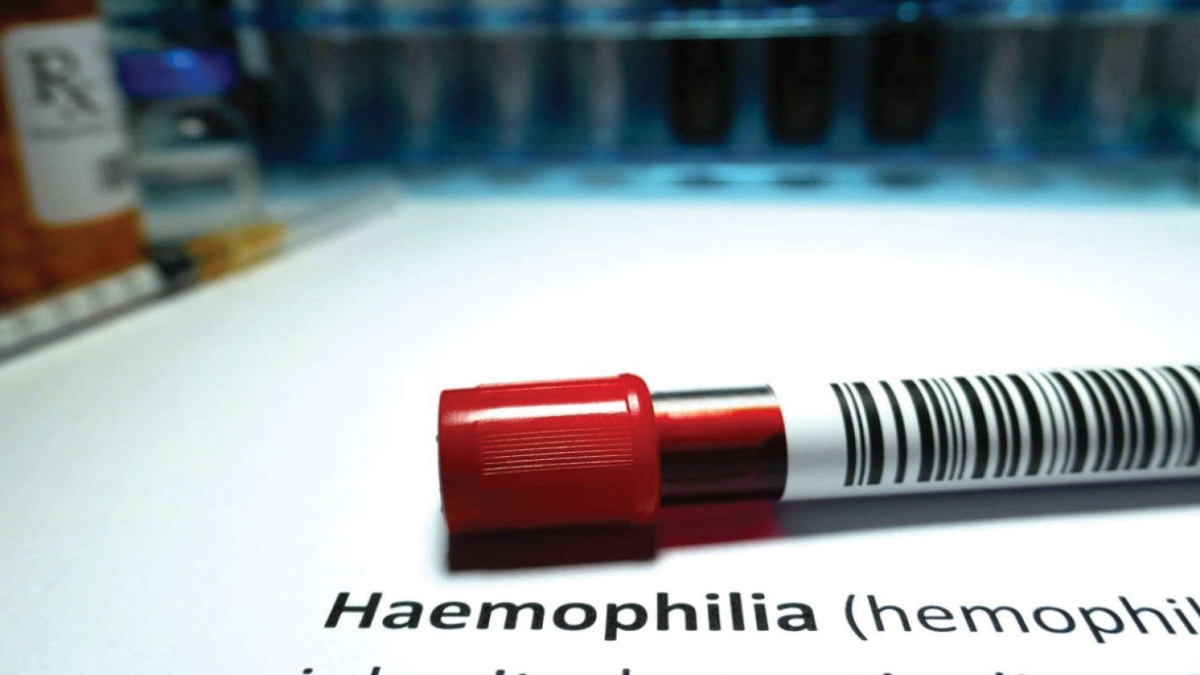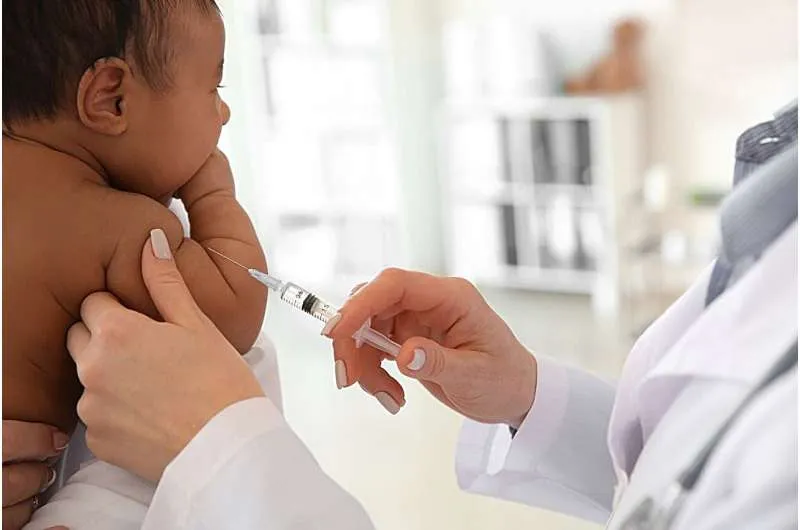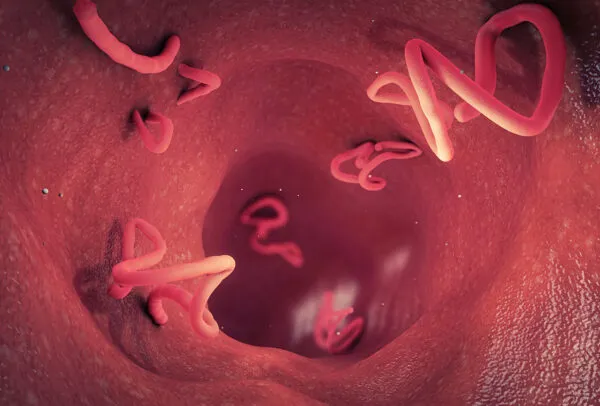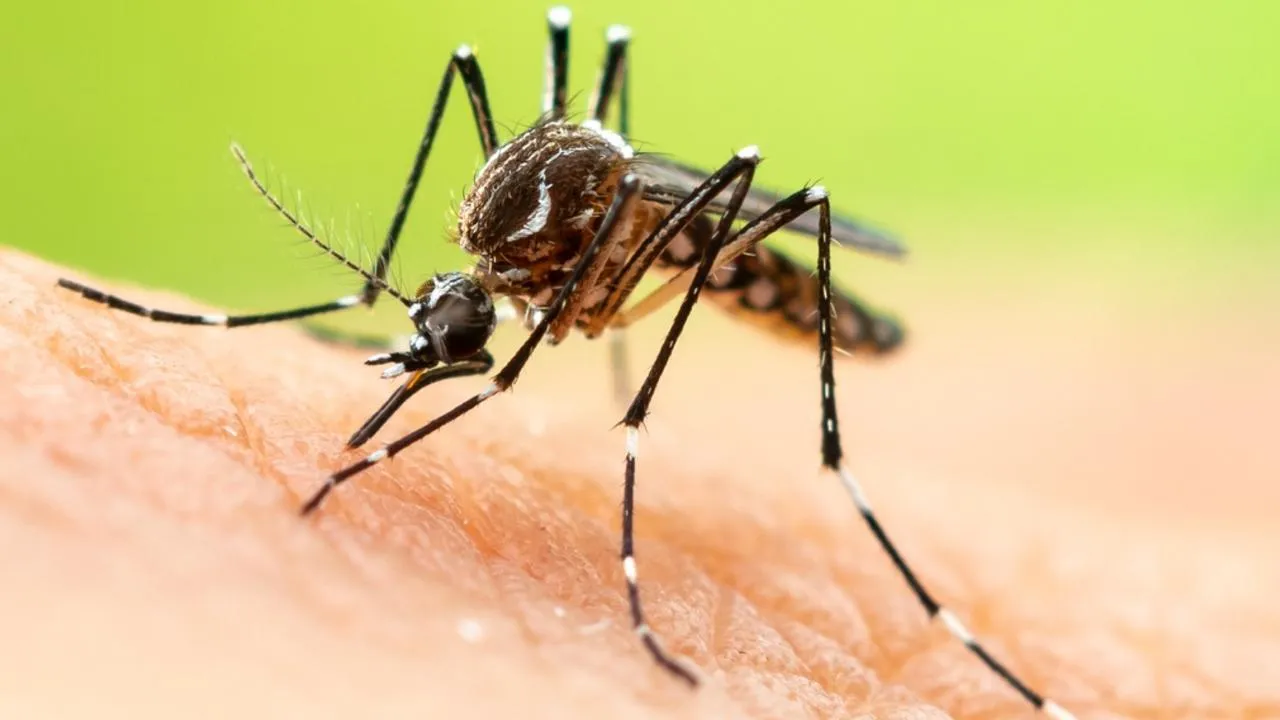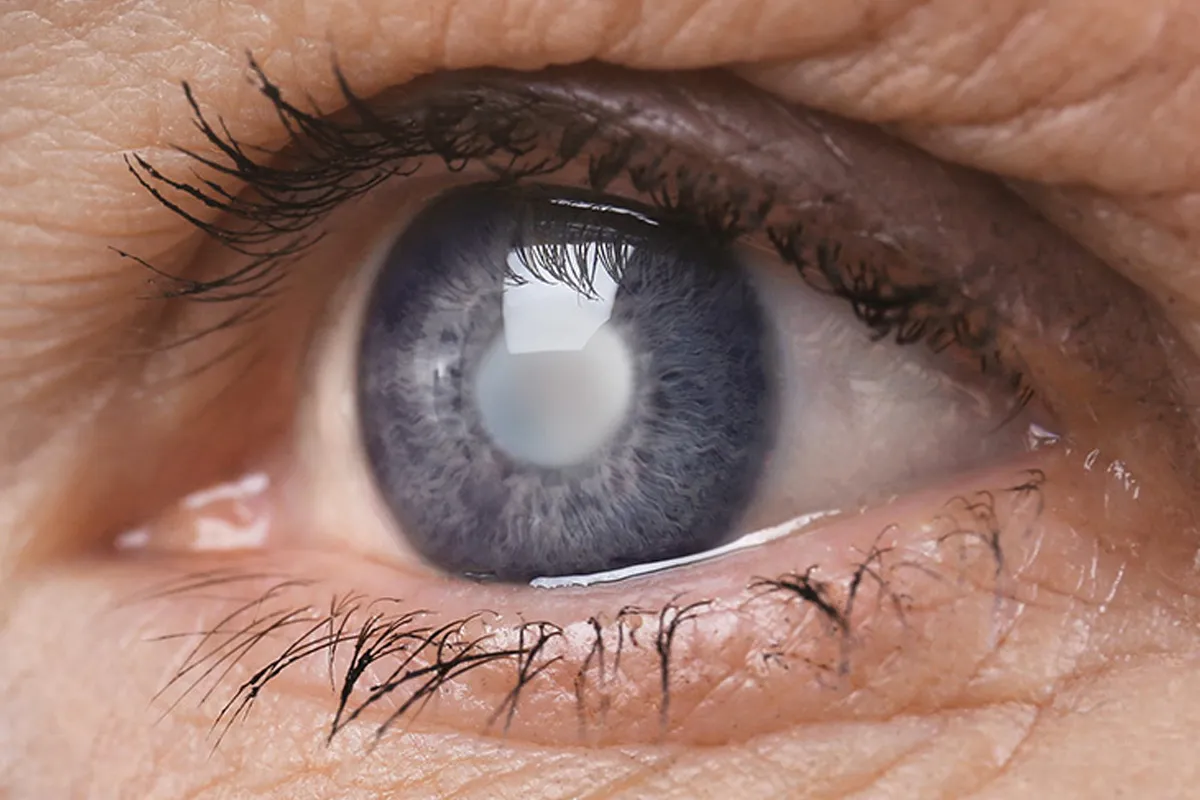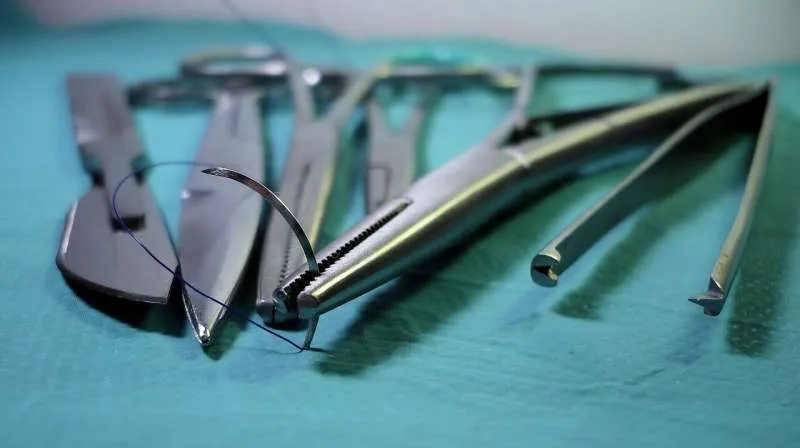Imagine you have a minor cut and the bleeding does not stop. This can happen to those people with Haemophilia. It is an inherited bleeding disorder where the body lacks the ability to make blood clots, a process needed to stop bleeding. This can lead to spontaneous bleeding as well as bleeding following injuries or surgery.
Small cuts usually aren’t much of a problem. In severe conditions, bleeding that happens inside the body especially knees, ankles, elbows and brain can damage your organs and tissues and can be life-threatening.
There are several different types of this disease. Haemophilia A (Classic Haemophilia) caused by a lack or decrease of clotting factor VIII and Haemophilia B (Christmas Disease) caused by a lack or decrease of clotting factor IX are the two most common types. Haemophilia A is the most common X-linked genetic disease with a worldwide incidence of approximately 1 case per 5000 males, with approximately one-third of affected individuals not having a family history of the disorder. Haemophilia B occurs in approximately 1 in 25,000 male births. It is less prevalent than haemophilia A.
The condition is not curable currently, but it can be treated to minimize symptoms and prevent future health complications. Genetic counselling is the main tool for the prevention and control of genetic disorders, targeted at families with an affected birth or with a family history of the disorder.
WHAT CAUSES HAEMOPHILIA AND WHO ARE AT RISK?
It occurs when a clotting factor is missing or levels of the clotting factor are low. The majority of haemophilia cases are congenital which means that a person is born with the condition. One can also develop acquired haemophilia with no personal or family history of the disease. However, acquired haemophilia is a rare autoimmune disorder.
The biggest risk factor for developing this disease is having family members who also have the disorder. Haemophilia predominantly affects males.
SIGNS AND SYMPTOMS TO WATCH OUT FOR
Depending on the level of clotting factors, signs and symptoms of haemophilia vary. In mild conditions, the bleeding is moderate and might bleed only after surgery or trauma. However, in severe cases, one can bleed easily for seemingly no reason.
Some of the common signs and symptoms include:
• Bleeding into the joints
• Bleeding into the skin (which is bruising) or muscle and soft tissue causing a build-up of blood in the area (called a hematoma)
• Bleeding of the mouth and gums, and bleeding that is hard to stop after losing a tooth
• Bleeding unusually after vaccinations
• Bleeding in the head of an infant after a difficult delivery.
• Blood in the urine or stool
• Nosebleeds without a known cause
• Delayed bleeding after an injury
Although very rare, sometimes a simple bump on the head can cause bleeding into the brain for some people who have severe haemophilia. It is a state of emergency and immediate medical help must be taken. Severe headache, vomiting repeatedly, seizures, feeling lethargy or seeing double vision or sudden excessively sleepiness are some of the signs.
DIAGNOSIS
Haemophilia is usually diagnosed through a blood test. It helps identify the type of the disease and its severity. Reviewing the symptoms, personal medical history and clinical evaluation are recommended. Since the disorder affects males in general, many people with a family history of haemophilia get their baby boys tested soon after birth.
TREATMENT:
Treatment focuses on replacing the missing protein and preventing complications. It involves giving or replacing the clotting factors that are too low or missing. This is done by infusing (administering through a vein) commercially prepared concentrated FVIII or FIX product.
In more severe cases, one may need to go to physical therapy for rehabilitation if haemophilia has damaged your joints. And, if you have pain associated with the condition, your doctor may prescribe or recommend pain medications to help alleviate the pain.
The writer is a Consultant – Paediatric Haematology, Oncology & BMT, Aster CMI Hospital.

